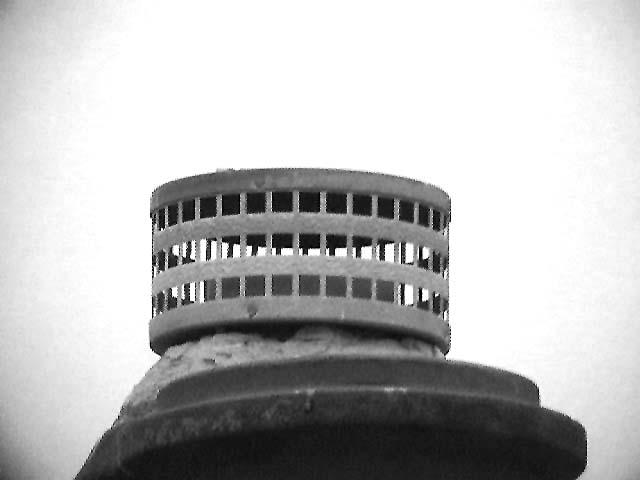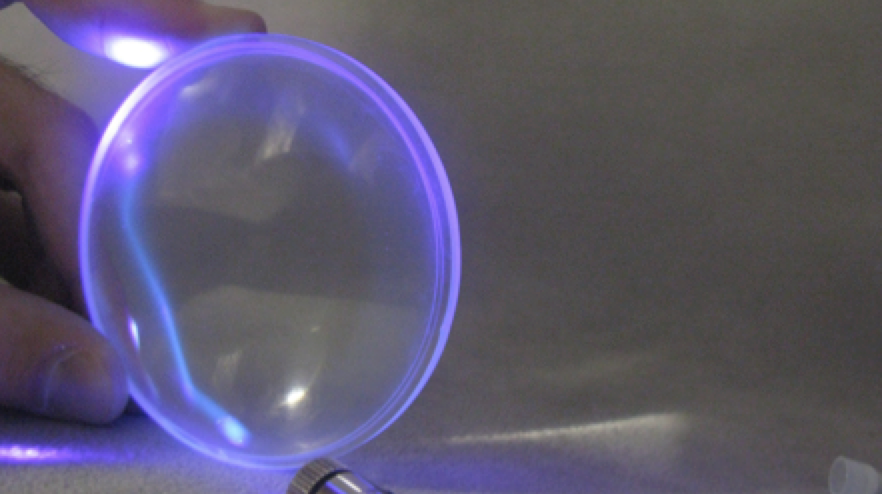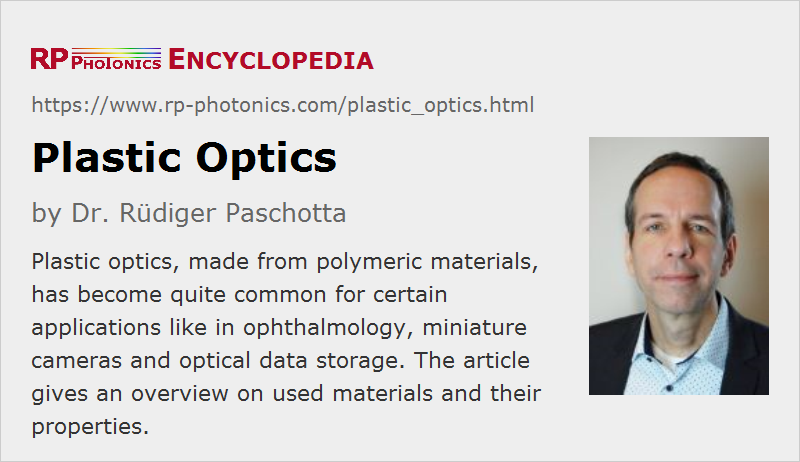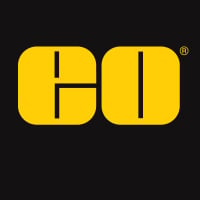Astronomy
I see we have some passions in common. Astronomy is a big one for me also. I see you seem to have a Questar 7', I have the Questar 3.5' field version. a Takahashi Mewlon 210, and triplet apochromat 80mm from Meade.
I would expect the coatings used for Questar telescope, so Maksutov-Cassegrain optical scheme, to be very strong and very durable on the elliptical lens that closes the telescope tube. For this glass part of the telescope coatings should be very strong. On a Takahashi, which is simple modified Cassegrain, so no lens that closes the telescope tube, the coating is only on the mirror and maybe not UV treated.
Ink Jet Paper UV treated
I know a bit the protocol for UV durable products in other industries like Ink Jet Papers used to print photographies. I worked in this field 15 years ago and it was a bit at its beginning. Meanwhile, the protocol is quite strict and a clear approach is testing papers under harsh UV conditions, from these results the paper industry is promising a paper that would keep the picture for 100 years or so.
Obviously, the whole approach only started 15-20 years ago for the Ink Jet Paper and nobody can confirm for sure what happens in 100 years of daylight.
However, the conditions are really harsh and we have all seen the incredible improvement in quality of Ink Jet Papers for producing our pictures taken with Canon cameras. The promise from the industry is a prediction from a calculation based on harsh testing.
The UV technology used inside the coatings of an Ink Jet Paper should not be very different from what you see in other coatings ie glass or polymers or paints coatings. It is a always a multilayer coatings and certain layer are dedicated to capture UV light through a chemical reaction, stop radicals (the products of such a chemical reaction). Chemistries might change from one application to another but methods to stop UV light consequences are similar or the same.
Check the link from BASF, I had put on another post. Also the one Harry had put from Wikipedia.








